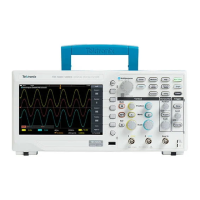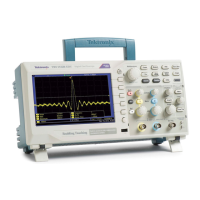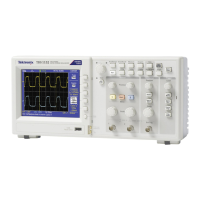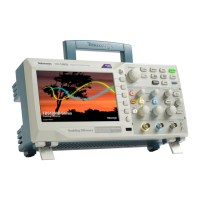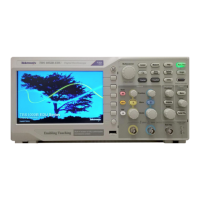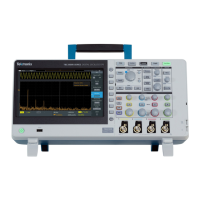19
Oscilloscope Measurements
Introduction
A digital oscilloscope can make a variety of measurements on electrical signals, such as peak-to-peak
and RMS amplitude measurements and frequency, period, and pulse width timing measurements. The
oscilloscope provides several ways to make these measurements. This section will review the three
most common measurement methods:
• Manual measurements
• Cursor measurements
• Automatic measurements
Manual Measurements. Manual measurements rely upon the graticule on the display and the vertical
and horizontal scale settings to make measurements. A typical graticule has 8 divisions vertically and 10
divisions horizontally. To achieve the highest accuracy, first scale and position the waveform to fill the
display vertically and horizontally, and then visually measure the parameter in units of graticule divisions.
Then multiply the number of divisions by the scale factor to get the final measurement value.
Cursor Measurements. Cursor measurements are made by manually aligning a pair of cursors to
points on the waveform and then reading the measurement values from the display cursor readouts.
Automatic Measurements. Automatic measurements use algorithms stored in the oscilloscope’s
firmware. These algorithms identify the appropriate waveform characteristics, make the measurements,
scale the measurements, apply the appropriate units and display them on the oscilloscope.
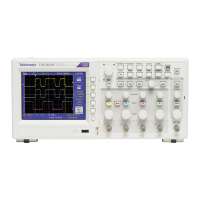
